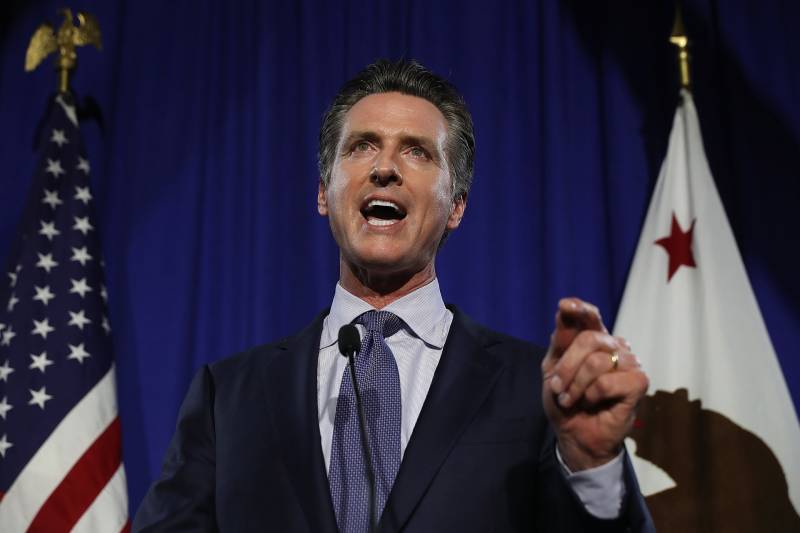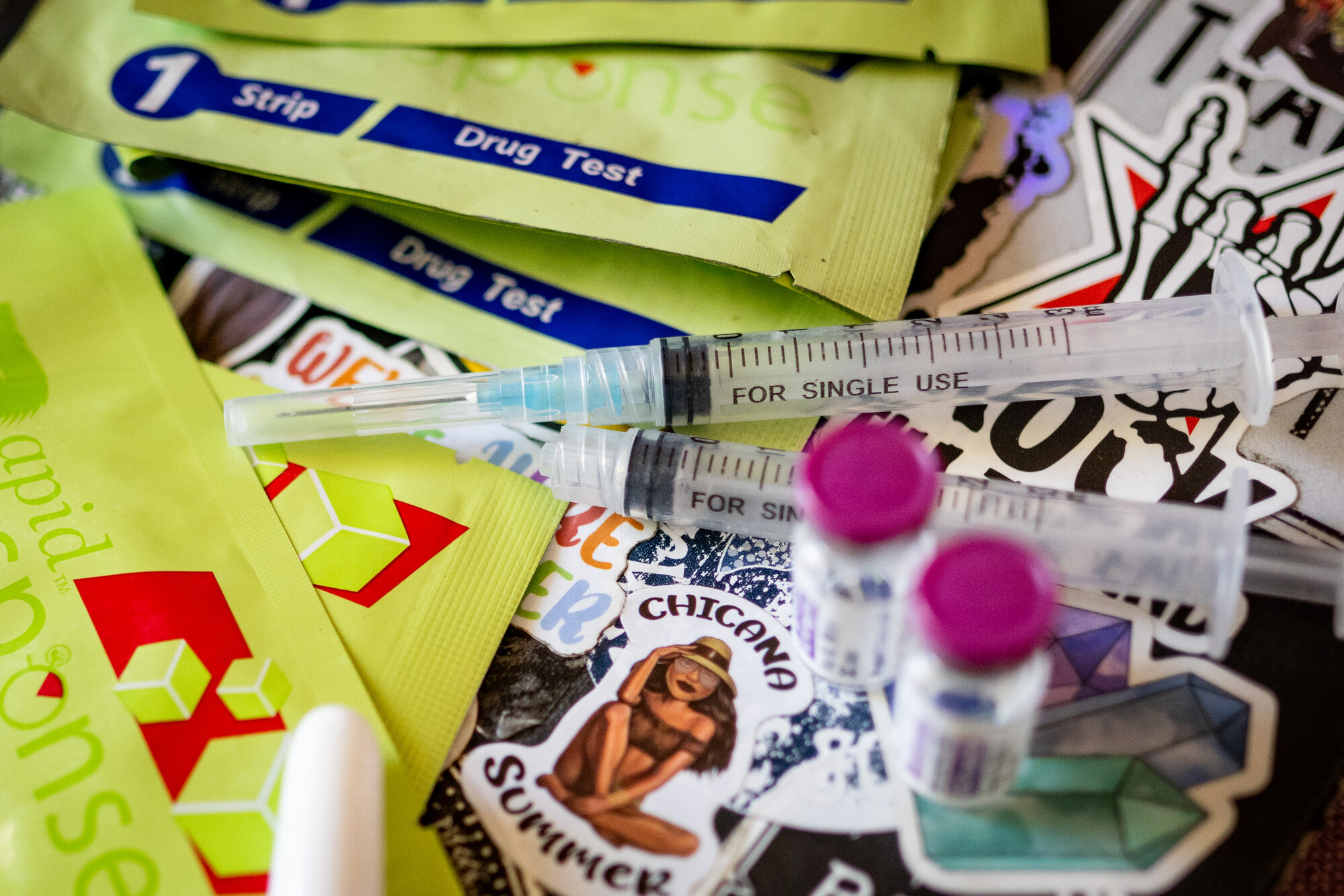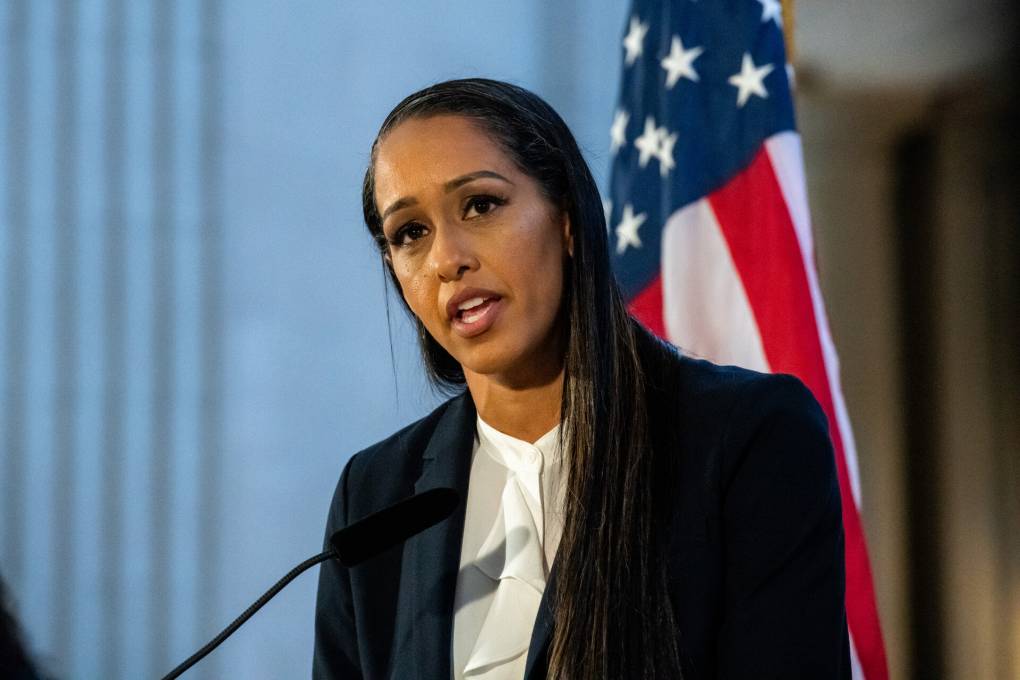California is forging ahead with a series of new laws aimed at reducing overdose deaths, even as opioid overdose rates have started to decline slightly. The new measures signed by Gov. Gavin Newsom this week include expanded access to addiction treatment, life-saving overdose reversal medications, and more.
“California legislators have shown a serious commitment to addressing the fentanyl crisis,” said Dr. Keith Humphreys, a professor of psychiatry and behavioral sciences at Stanford University. While deaths remain higher than pre-pandemic levels, the Centers for Disease Control and Prevention reports that fatal overdoses across the country have dropped to their lowest numbers in three years. California is just beginning to see a downward trend.
The reasons for this shift remain unclear. “Why? The best answer is, ‘We don’t know,'” said Dr. Dan Ciccarone, a professor of addiction medicine at UCSF. “People will point to different interventions, whether it’s restoring public order, increasing access to naloxone, or expanding treatment options, but none of these happened swiftly or broadly enough to fully explain the drop.”
Fentanyl, the inexpensive opioid that’s 20–40 times stronger than heroin, has flooded the drug market in San Francisco and other cities in recent years, leading to record deaths.



